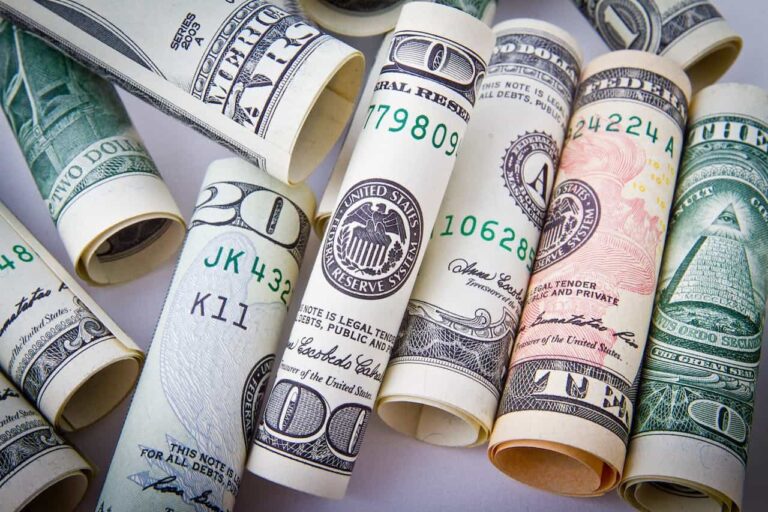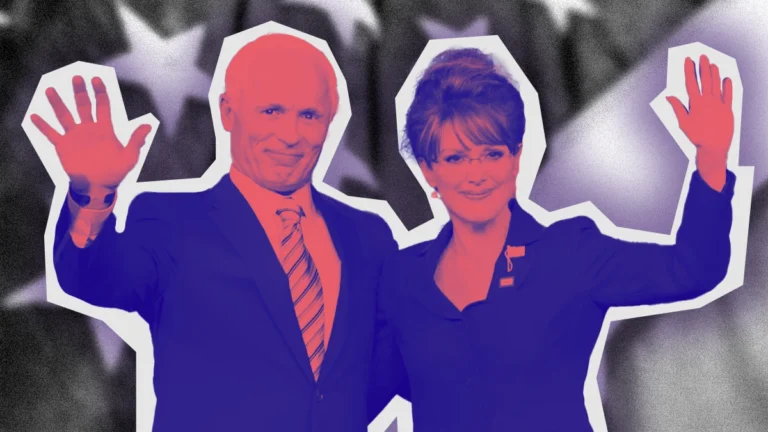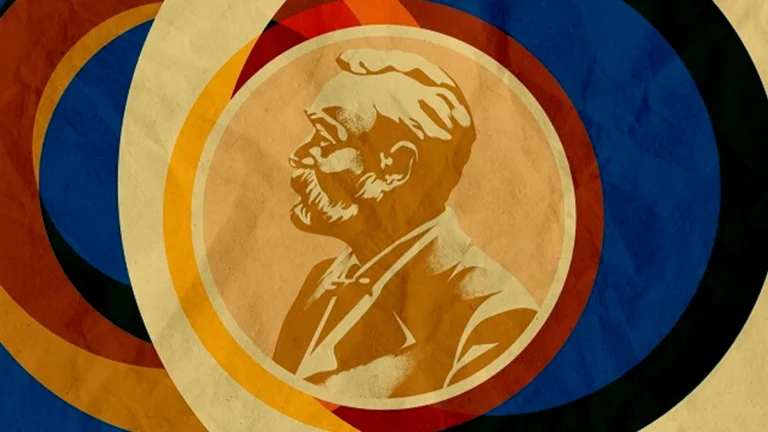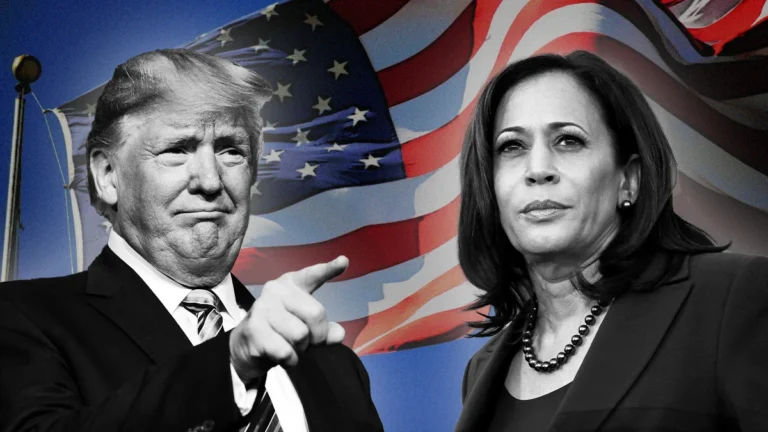The economic world has become a fast-paced bull where the general public has to compete to survive. Lately, every country is concerned with its economic growth and GDP. However, the commercial market is directly affected by such issues.
We can see a clear spike in the prices of goods and services, or briefly, ‘Inflation’. But, the common man is more concerned about ‘Disinflation‘.
The term ‘Disinflation’ refers to the deterioration of inflation, which means a transient slowdown in the rise of the cost of the general products and services in a country’s gross domestic product over the course of time.
Table of Contents
Understanding disinflation
Disinflation is a provisional slowing down of the inflation rate. The term is used to describe various instances when inflation rate marginally reduces for a short period of timeuces. Usually, it occurs right after a higher inflation. It is necessary after a nation experiences rapid inflation because it prevents the economy of a nation from overheating.
The most prominent example of why we need disinflation is the post-covid period. Due to the virus attack, almost every country witnessed a financial crisis, and the prices of most of the goods went up drastically. It was the grace of disinflation that reemerged in 2023, and people breathed relief.
For a broad understanding, let’s say a negative growth rate of minus 1 per cent (-1%) is deflation, but if the inflation rate changes from 4 per cent to 3 per cent, that is called disinflation.
Disinflation mainly occurs if the government of a country regulates the economy by increasing the supply of money from its treasury fund. Hence, it is a blessing in disguise for those people who are worried about their savings and investments.
Read more: Why markets look to emerging countries with more and more interest
How does disinflation work, and how is it influenced?
The economy of a country experiences disinflation due to many different reasons. When the central bank imposes a tighter monetary policy, we can see that the government starts selling some of its securities. This reduces the money supply in the economy, which causes a disinflationary effect.
Also, the market plays a very vital role when it comes to disinflation. It is significantly triggered whenever a business cycle contracts or when a recession becomes visible. Let’s say businesses around the globe will not go for increasing their stocks to gain greater commercial value later.
Sometimes, the government spends a huge amount of money in the name of welfare. People get to use government schemes to buy many products at a cheap rate. Services also become readily available. Here, it acts as a symbiosis phenomenon.
Through this particular kind of disinflation, people save their money, and the government party gets votes in return. In simple words, disinflation is directly profitable to the citizens of a country without being a burden on the country’s economy as it does not cut the prices of the goods but just pauses inflation for a period of time.
The US saw its longest disinflation from 1980. ‘Great Inflation‘ in the 1970s made a 110 per cent increase in the prices of goods, but with disinflation occurring in the early 1980s, the rate of inflation dropped from 110 percent to 59 percent, almost half of the former number.
Differences between disinflation and deflation
As mentioned earlier, disinflation and deflation are two different terms with respective purposes in the field of economy. They both affect a country’s financial state differently. Although they have one thing in common that the public finds both of them profitable, the nation’s opinion may vary a little.
Deflation is said to occur when there is a decline in the prices of goods and services in a country. On the other hand, disinflation takes place when the inflation rate is temporarily low, i. e., a slowdown in the increment of prices of goods and services.
Deflation may occur due to ample production and improvements in technology. It happens to prevent overheating of a country’s economy and is triggered by market shares, government funds and business cycles.
Another major difference between disinflation and deflation is that the former is always positive, while the latter is always negative. Deflation is the name when the commercial growth rate travels in minus numbers.
But, when the increment decreases, but the number stays on the positive side of the scale, disinflation is the name. Disinflation is comparatively more profitable to the nation’s treasure than deflation, as deflation demands a higher capital supply than disinflation.
Future trends
When globalization acts synergistically with deregulation, it puts downward pressure on genuine prices and simultaneously helps in reducing any incentives central banks have to engage in unforeseen inflation rates. In the long run, this also leads to less nominal cost inflation.
Growth in the technological field in the upcoming course of time may make disinflation a common occurrence as it will boost the production rate of goods and services.
Also, by introducing convenient alternatives that can reduce the cost of production and transportation, the chance of disinflation to emerge at regular intervals increases. In the future, where resources are seen to fall short in meeting the people’s needs, disinflation can push further the line of crisis.
Read more: What will happen to the dollar, euro and sterling: the forecasts of the major world currencies












